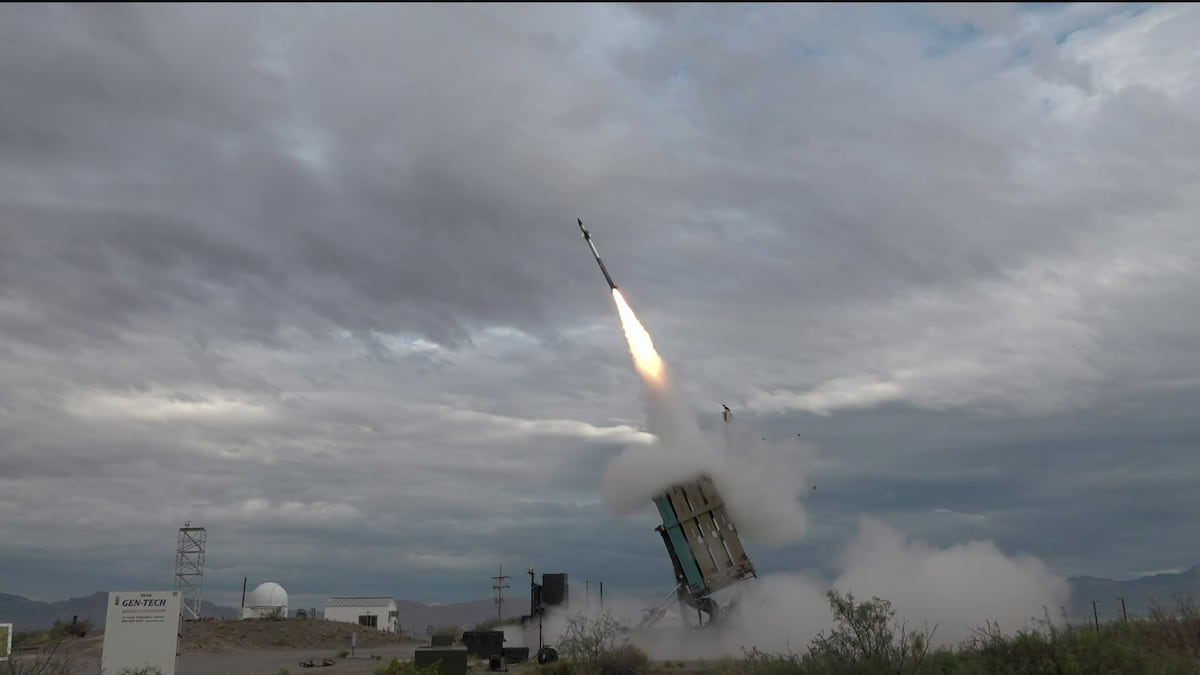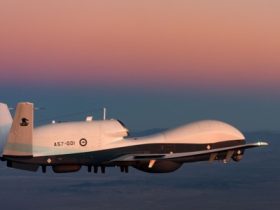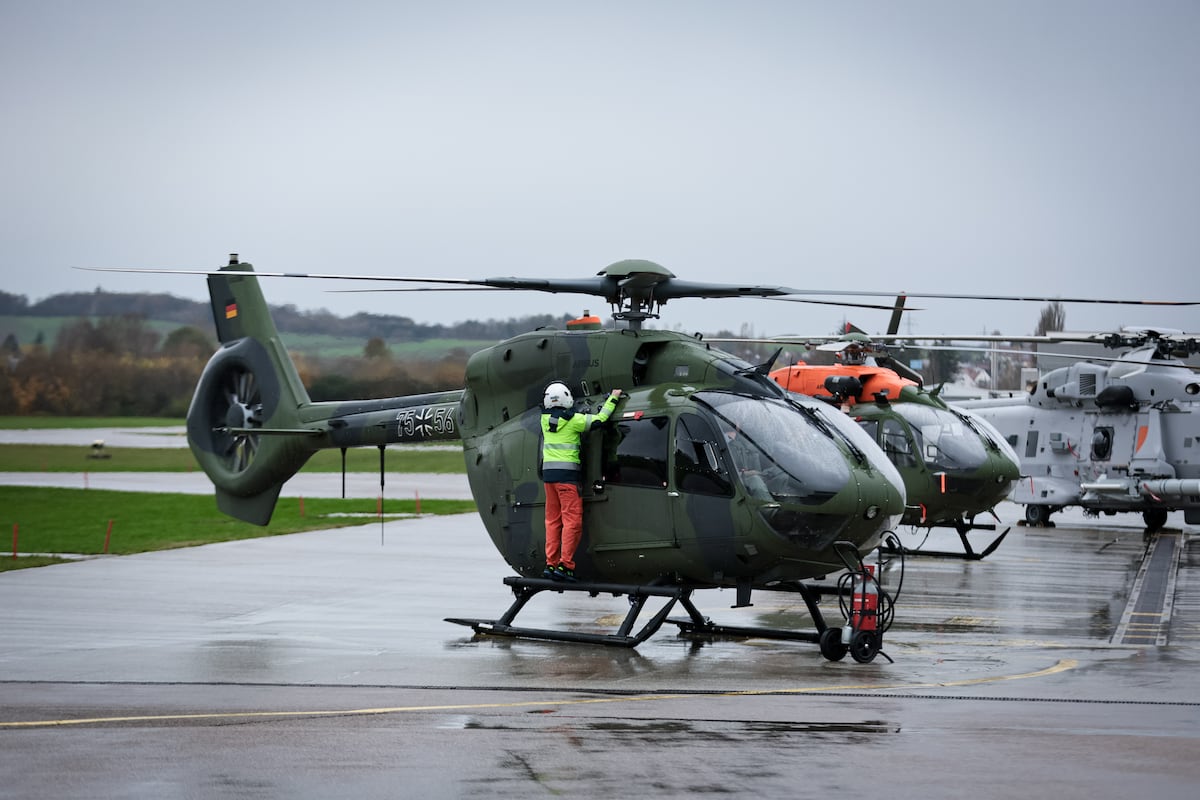Marines are fielding a host of options for knocking down airborne threats, from small drones to cruise missiles. Still, what they need is a way to handle potential drone swarms, service officials said.
“The big thing that really keeps me up at night is swarms,” Col. Andrew Konicki, head of ground-based air defense for Marine Corps Systems Command, said at the Modern Day Marine military exposition in Washington on Wednesday.
Konicki set the scene with two anecdotes, one from the Ohio State University football game against the University of Maryland in 2023, which was delayed due to a drone over the field.
The other was the 2020 Beijing Olympics drone demonstration in which a coordinated drone swarm presented a light show to millions of spectators.
RELATED
Both presented frightening prospects. The football game could have been a single drone dropping baby powder, which some might worry could be a biological threat, and the Olympics scenario raised questions about how a small Marine unit, or even a lone Marine, would counter hundreds or potentially thousands of drones targeting their position.
On the small-drone level, the Marines have deployed 13 of 21 Light Marine Air Defense Integrated Systems, or L-MADIS, over the past three years.
That tailored system was fielded to the 3rd Littoral Anti-Air Battalion with the 3rd Marine Littoral Regiment in 2024. It handles group I and II drone threats.
Recent fielding of the L-MADIS system with the Marine Expeditionary Units proved effective in maritime environment despite the system being built mainly as a ground-based air defense system, Konicki said.
For larger threats, the MADIS, a more powerful version of its light brother, will see seven more systems deployed by September in addition to the 13 already in the inventory, Konicki said.
“The rapid rise of [unmanned aerial systems], used for surveillance, targeting and attacks, has made advanced air defense systems like MADIS critical to protecting our Marines and preserving our combat effectiveness,” Lt. Col. Craig Warner, future weapons systems product manager, said in December 2024. “MADIS not only detects, tracks and defeats aerial threats but also serves as a powerful deterrent, signaling to adversaries that their aerial assets will not succeed against U.S. forces.”
On the even larger end of the spectrum, the Corps expects to field its first platoon with the Medium Range Intercept Capability, or MRIC, an anti-cruise missile system that’s proven “highly effective” in operational testing, the colonel said.
Over recent experimentation and operational testing, the Marines have identified key areas to improve.
A top priority is defeating swarms, Konicki said. Quickly following are munition-agnostic launch systems, enhanced passive sensing, a dismounted sensing and defeat capability and training support both in virtual and live spaces, he said.
The colonel would especially like to see passive sensing capability for the MRIC, he said.
Todd South has written about crime, courts, government and the military for multiple publications since 2004 and was named a 2014 Pulitzer finalist for a co-written project on witness intimidation. Todd is a Marine veteran of the Iraq War.
Read the full article here








Leave a Reply